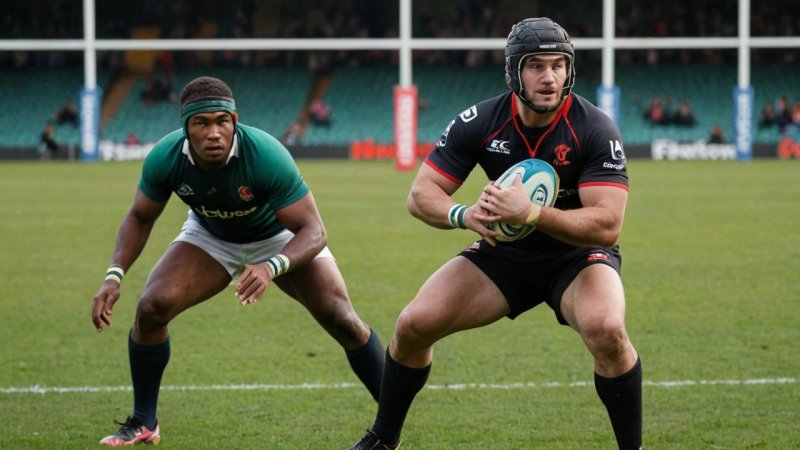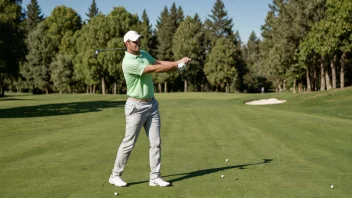Rugby is a sport that thrives on teamwork, strategy, and individual skills, with each player assuming a specific role that contributes to the game. Understanding the different types of rugby positions is crucial for both players and coaches, as it helps in selecting appropriate gear that ensures safety and enhances performance. This article will explore the unique roles within rugby, the gear required for each position, and how this equipment can improve both safety and athleticism on the field.
In rugby, there are generally two main categories of positions: forwards and backs. Forwards are typically larger and stronger, designed to engage in physical confrontations and scrummaging. Backs, on the other hand, are usually faster and more agile, focusing on speed and finesse. Each position has its own gear requirements that cater to its specific responsibilities.
Forwards, such as props, locks, and back row players, require protective gear that can withstand the rigors of scrums and tackles. Essential equipment for forwards includes:
- Helmets: Designed to protect against head injuries during scrums and tackles, helmets are vital for forwards who often find themselves in the thick of physical play.
- Shoulder Pads: These provide cushioning and protection for the shoulders, which are often subjected to heavy impacts.
- Scrum Caps: While not mandatory, scrum caps offer additional protection for the head and ears, reducing the risk of cuts and bruises.
In contrast, backs, including scrum-halves, fly-halves, and wings, prioritize speed and agility, making their gear selection somewhat different. Key items for backs include:
- Lightweight Boots: Proper footwear is essential for backs to ensure traction and speed on the field. Lightweight boots with good grip can enhance performance and reduce the risk of slipping.
- Compression Wear: This type of clothing helps with muscle support and recovery, allowing backs to maintain peak performance during intense matches.
- Protective Mouthguards: Regardless of position, mouthguards are essential for all rugby players, providing crucial protection against dental injuries.
As rugby evolves, so does the technology behind protective gear. Innovations such as impact-absorbing materials and moisture-wicking fabrics enhance player safety and comfort. For example, modern helmets are now designed with advanced padding systems that significantly reduce the risk of concussion. Moreover, the development of smart clothing equipped with sensors can monitor player performance metrics, allowing for real-time feedback on speed, heart rate, and exertion levels.
In conclusion, understanding the different rugby positions and their respective gear requirements is vital for enhancing safety and performance on the field. Forwards benefit from protective gear that can withstand heavy impacts, while backs focus on equipment that facilitates agility and speed. As technology continues to advance, players can look forward to gear that not only keeps them safe but also helps them improve their game. Ultimately, choosing the right equipment tailored to specific roles can make a significant difference in athletic performance while ensuring that safety remains a top priority.






